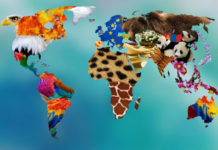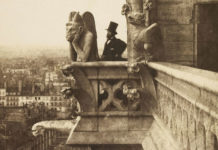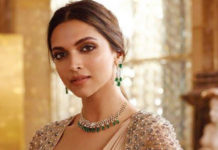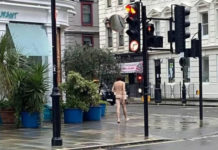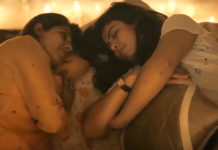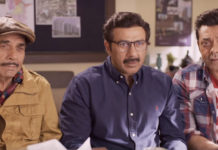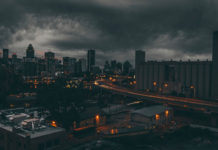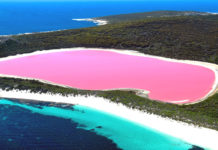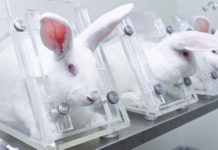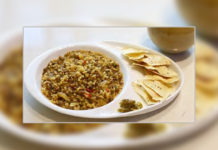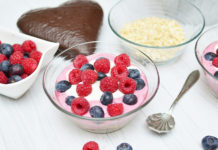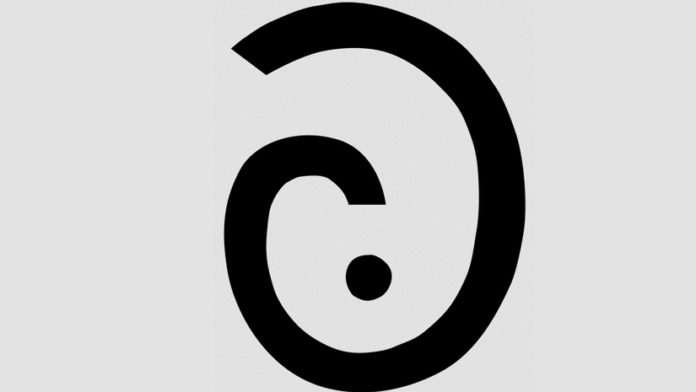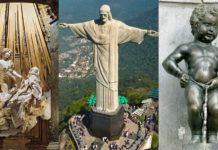Punctuations have been in use since ages immemorial. Their history is dated back to ancient Greece. Many of them evolved and changed over the course of time and have survived, but many of them couldn’t survive the changing times of grammar and evolution.
Let’s have a look at such punctuations that we all should be using, but we don’t.
1.Interrobang:
 Interrobang,used to express an exclamated question is gaining popularity in recent times.
Interrobang,used to express an exclamated question is gaining popularity in recent times.
2.Percontation Point:
 It was used as an end to a rhetorical question.
It was used as an end to a rhetorical question.
3.Irony Mark:
 It is similar to a percontation mark, but precedes a statement to indicate its intent before it is read.
It is similar to a percontation mark, but precedes a statement to indicate its intent before it is read.
4.Love Point:
 Love point, made of two question marks, mirroring each other, sharing a point, was to denote a statement of affection or love.
Love point, made of two question marks, mirroring each other, sharing a point, was to denote a statement of affection or love.
5.Certitude Point:
 Certitude point is used to end the declaration with unwavering conviction with the certitude point.
Certitude point is used to end the declaration with unwavering conviction with the certitude point.
6.Doubt Point:

Doubt point is used to end the sentence with scepticism.
7.Authority Point:
 To add a note of expertise, add a authority point to the sentence.
To add a note of expertise, add a authority point to the sentence.
8.Sarcmark:
 To convey sarcasm, add this mark to the sentence.
To convey sarcasm, add this mark to the sentence.
9.Snark Mark :
 Snark Mark is used to indicate that a sentence should be understood beyond the literal meaning
Snark Mark is used to indicate that a sentence should be understood beyond the literal meaning
10.Exclamation comma and Question Comma
 Used to end a sentence while being inconclusive and inquisitive.
Used to end a sentence while being inconclusive and inquisitive.
11.Pilcrow:
 Pilcrow was used to indicate that something of interest lay in the corresponding line.
Pilcrow was used to indicate that something of interest lay in the corresponding line.
By:Archa Dave

